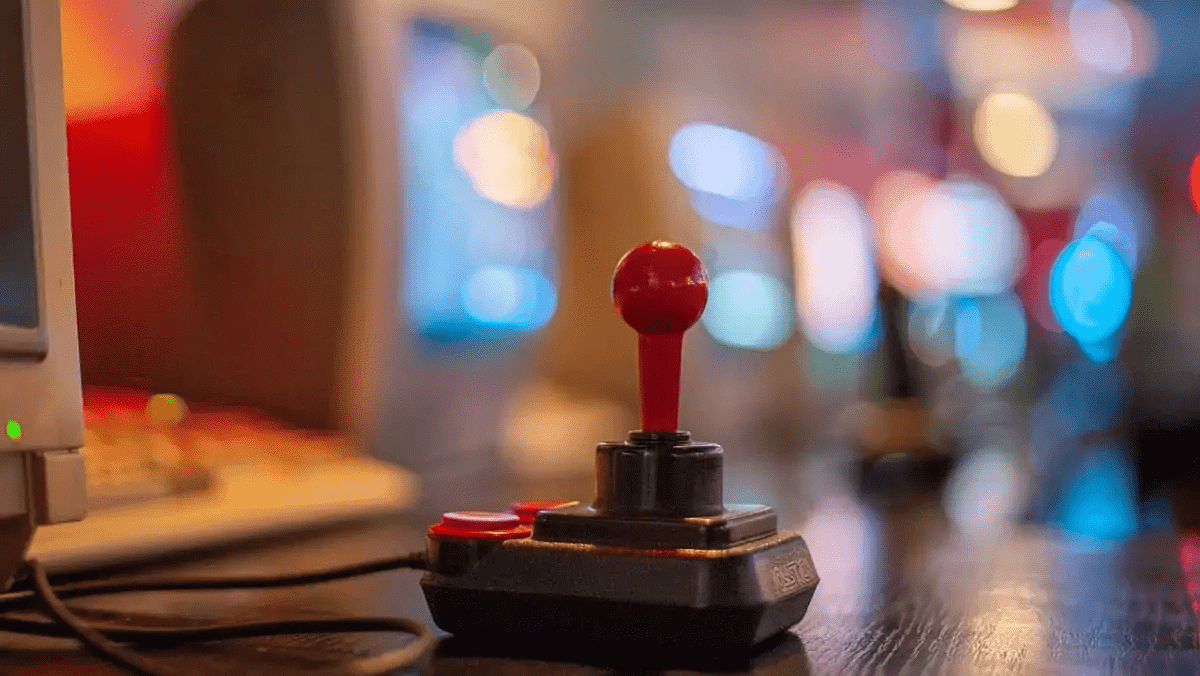Backwards compatibility isn't just a nice feature for any console to have. In a way, adding backwards compatibility to any console reflects the manufacturer's willingness to go the extra mile towards preserving video games made for older generation gaming platforms.
What Is Backwards Compatibility?
By definition, backwards compatibility is a "property of a system, product, or technology that allows for interoperability with an older legacy system." Or, basically, it's the feature responsible for making PlayStation 4 games play on the PlayStation 5 or making Xbox 360 and Xbox One games run on the Xbox Series S/X. Why Is Backwards Compatibility in Video Games So Difficult To Do? To help trim down on the size and cost of the PS3, Sony removed backwards compatibility from future builds of the console.
Backwards compatibility should be a no-brainer, right? After all, it's a neat feature that gives older console owners a reason to shift to a new platform, and also gives prospective buyers another reason to buy a console that just released. However, just like everything else in life, the topic of backwards compatibility isn't as simple and it's not just because manufacturers supposedly want to make more money.
To better understand this, you'll first have to understand the three primary ways manufacturers achieve backwards compatibility on their consoles. Make the new console a more powerful version of the older console A good example of this is the Nintendo Wii and the Nintendo Wii U. Both consoles are essentially just more powerful versions of the consoles that they replaced. In the Wii's case, it's basically just the GameCube 2.0, which would essentially make the Wii U the GameCube 3.0. In a similar sense, it's how newer PCs can still play games made for PCs decades ago. It's because Nintendo used components for the Wii U that were compatible with the same software used for the Wii and GameCube.

